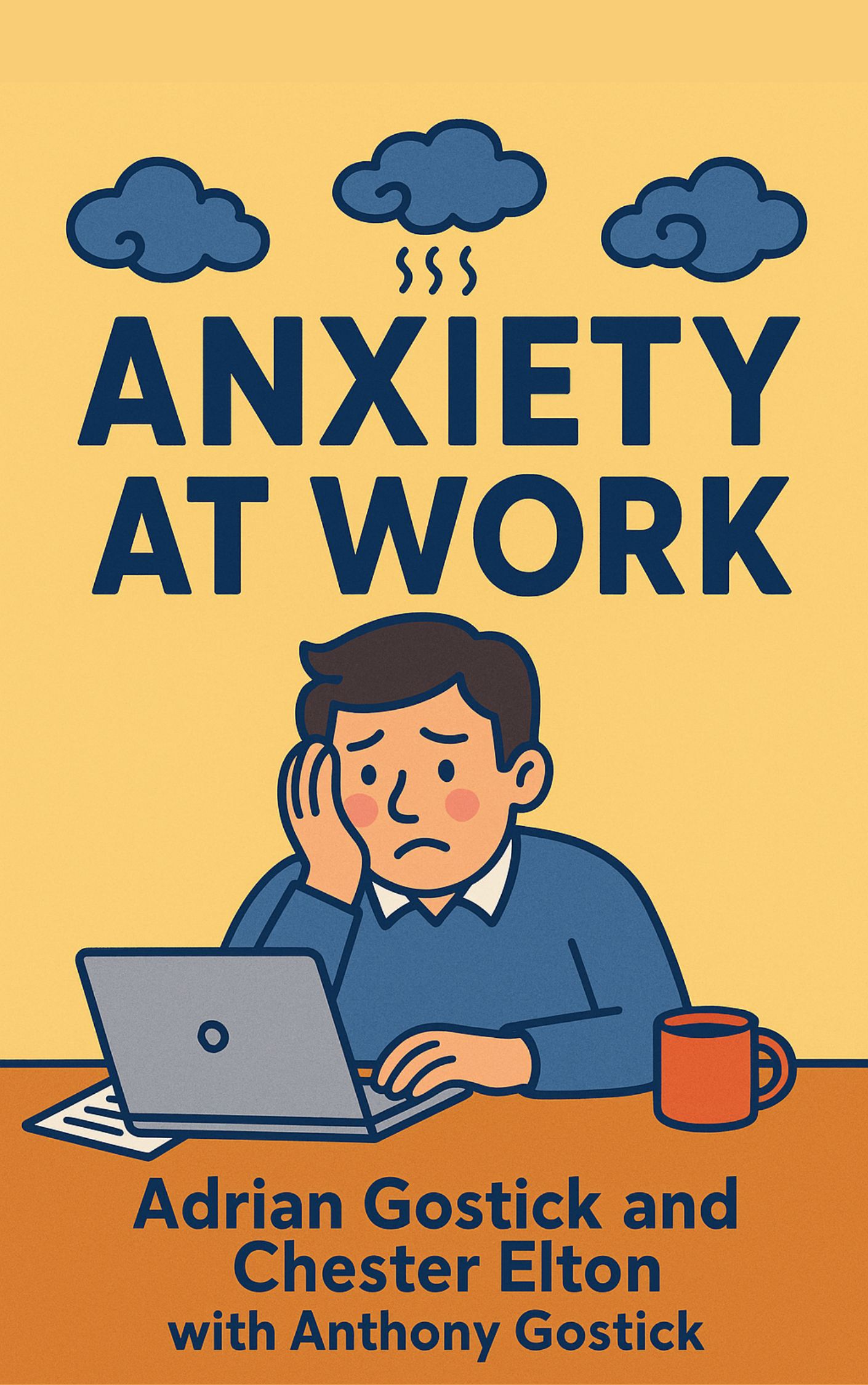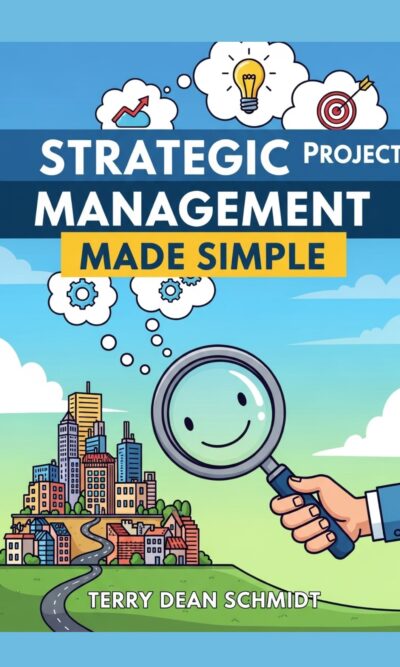Description
Modern workplaces are more stressful than ever. Job insecurity, rapid changes, and constant disruption make many employees—especially younger ones—feel anxious and uncertain about their future. Leaders cannot remove all uncertainty, but they can help their teams cope by being open, transparent, and communicating regularly. Honest updates, even during tough times, can turn panic into understanding and trust.
Some stress at work comes from avoiding conflict. Many teams shy away from disagreement, but healthy debate leads to better solutions and stronger commitment. Managers should encourage all voices to be heard in meetings, making sure quiet team members have space to share their thoughts. This works best when employees feel psychologically safe to speak honestly, without fear of being judged.
Workplace anxiety can also stem from discrimination and systemic bias. People from marginalized groups—such as ethnic minorities, LGBTQ+ individuals, and people with disabilities—often face higher rates of stress, anxiety, and mental health challenges. Leaders must be willing to talk openly about these issues, follow up on complaints promptly, and create environments where everyone can be their authentic selves. This includes acknowledging differences instead of pretending they do not exist.
A sense of belonging is another key to a healthy, productive team. Feeling excluded, even in subtle ways, can harm mental health and lower productivity. Small gestures—like greeting everyone each day, holding regular one-on-one check-ins, or setting up buddy systems—can help people feel connected. When teams work like a close-knit group, they achieve more and support each other better.
Overwork is another major cause of burnout. Many companies try to address burnout with wellness programs or resilience training, but these often miss the real problem: too much work. Leaders should look for ways to lighten the load, such as reducing unnecessary paperwork or redistributing tasks to people who prefer them. Burnout hurts both employees and companies, increasing sick days and turnover.
Younger workers also face the fear of missing out on better opportunities. With fewer long-term jobs and more freelance or contract work, they tend to switch companies often. What they want most are learning and growth opportunities, but few workplaces provide them. Employers can reduce turnover and build loyalty by offering clear paths for development and promotion, even in small steps.
Another hidden source of anxiety is perfectionism. Many young workers feel constant pressure to meet impossible standards, often fueled by social media comparisons. This can make them overly cautious, defensive, and unwilling to take risks. Leaders can help by clearly showing what “good enough” looks like, giving regular positive feedback, and identifying those who need extra reassurance. Recognizing effort—not just perfection—reduces fear and builds confidence.
In today’s uncertain job market, employees need more than just a paycheck—they need support, understanding, and opportunities to grow. Leaders who listen, communicate openly, encourage inclusion, and respect work-life balance will build teams that are not only healthier but also more engaged and productive. Simple actions—like offering praise, inviting honest feedback, and creating space for connection—can transform workplace culture and make anxiety less of a daily battle.





